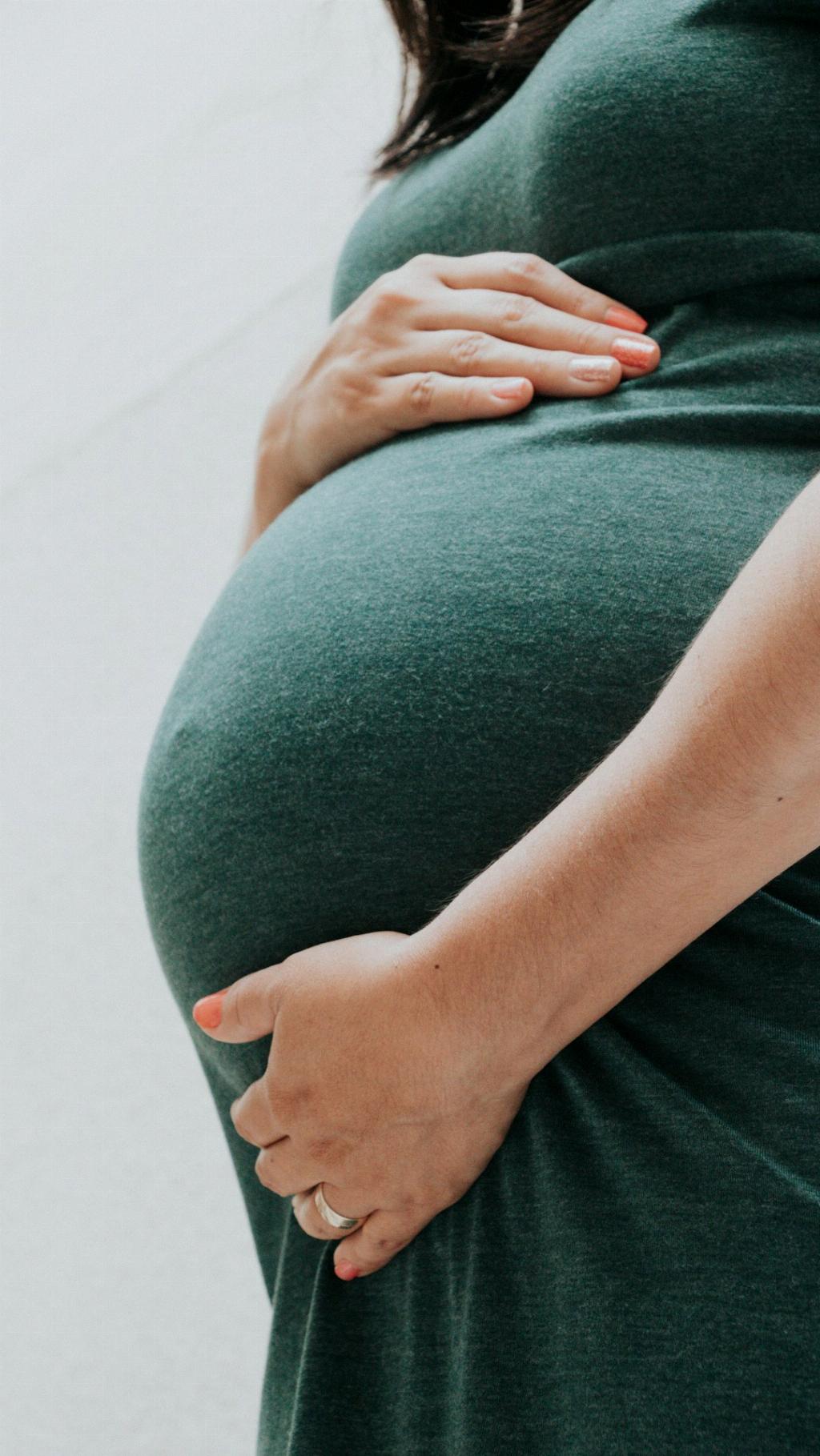Chemical pregnancies are early miscarriages that occur shortly after conception, often before a woman even realizes she is pregnant. These losses typically happen within the first few weeks of pregnancy, resulting in bleeding similar to a normal period or slightly lighter. It can be a confusing and emotionally challenging experience for those who go through it.
Symptoms of a Chemical Pregnancy
One of the primary signs of a chemical pregnancy is a positive pregnancy test followed by bleeding that may be accompanied by mild to moderate cramping. The bleeding associated with a chemical pregnancy is usually similar to a regular menstrual period, although some women may notice lighter or slightly different bleeding patterns.
Understanding the Causes
Various factors can contribute to chemical pregnancies, including chromosomal abnormalities in the embryo, hormonal imbalances, or issues with the uterus or cervix. These early losses are typically not caused by anything the mother did or didn’t do and are more often due to genetic anomalies beyond her control.
Diagnosis and Treatment
Diagnosing a chemical pregnancy usually involves confirming the pregnancy through a positive test followed by a subsequent negative test and monitoring any associated symptoms. In most cases, treatment for a chemical pregnancy is not necessary, as the body will naturally expel the uterine contents during the menstrual cycle.
Emotional Impact
The emotional toll of a chemical pregnancy can be significant, as it represents the loss of a potential life as well as dashed hopes and dreams for the future. It is essential for individuals experiencing a chemical pregnancy to seek emotional support from loved ones, healthcare providers, or support groups to process their grief and feelings of loss.
Recovery and Physical Health
Physically, most women recover quickly from a chemical pregnancy, with bleeding and cramping typically subsiding within a few days to a week. It is essential to monitor any abnormal symptoms or excessive bleeding and consult with a healthcare provider if concerns arise.
Importance of Self-Care
Self-care practices such as resting, staying hydrated, eating nourishing foods, and engaging in gentle physical activity can support the body’s recovery after a chemical pregnancy. It is crucial to listen to your body’s needs and give yourself time to heal, both physically and emotionally.
Seeking Professional Guidance
If you have experienced multiple chemical pregnancies or have concerns about your fertility, it is advisable to consult with a healthcare provider or a fertility specialist. They can conduct further investigations to determine any underlying issues that may be affecting your ability to sustain a healthy pregnancy.
Hope for the Future
While the experience of a chemical pregnancy can be disheartening, it is essential to remember that most women who have had a chemical pregnancy go on to have successful pregnancies in the future. Each pregnancy is unique, and the likelihood of a positive outcome is high for many individuals.
Community Support
Connecting with others who have experienced similar losses can be a source of comfort and understanding during this challenging time. Online forums, support groups, or counseling services can provide a sense of community and shared experiences that may help in processing feelings of grief and loss.
Conclusion
In conclusion, a chemical pregnancy miscarriage may present with symptoms such as early bleeding, mild cramping, and a positive pregnancy test followed by a negative result. While the experience can be emotionally distressing, it is important to prioritize self-care, seek support, and remain hopeful for the future. Remember that you are not alone in navigating this journey of healing and resilience.

